What Is Application Monitoring In Cloud Environments: A Guide
- Nitin Yadav
- Knowledge
About
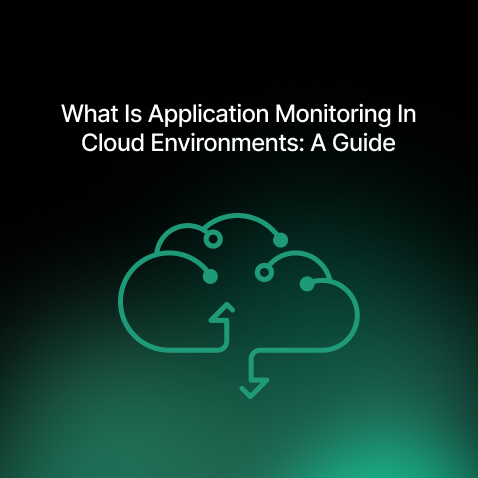
Looking for cloud application monitoring to achieve optimal performance? Learn about its types and best practices to use these tools effectively in our comprehensive guide.
Industries
- AWS, SRE
Share Via
At a Glance
In cloud, where countless businesses operate, making sure your applications run without a hitch is crucial. Do you agree?
With so many applications and services interacting, effective cloud application monitoring is needed to deliver a seamless experience. It ensures your applications always perform at their best, no matter what. Whether you’re managing web applications, services, or complex databases, the goal is to keep them running optimally.
In this blog, we’ll explore the ins and outs of application monitoring within cloud environments, revealing its types and supporting tools.
Why Focus on Application Monitoring?
As an organization, why do you need monitoring, to begin with? Application monitoring gives you a dashboard of analytics, including:
Real-time Performance Tracking
Quickly spot and resolve application issues before they affect users. Monitoring helps pinpoint areas like slow responses or failed transactions, keeping your applications agile and reliable.
Security Posture
Stay ahead of potential security breaches with continuous checks and balances on your application’s activities.
Prevention and Problem-Solving
Application monitoring includes setting thresholds and alerts that trigger automatic responses or notify your teams about potential issues. This proactive approach reduces downtime and improves service reliability.
Resource Optimization
By understanding the demands of your applications, you can make better decisions about resource allocation.
Also Read: Top 10 SRE Best Practices for Reliable and Scalable Systems
Real Benefits of Advanced Monitoring Tools
Adopting sophisticated monitoring tools translates into tangible improvements:
- Timely Issue Detection: Spot performance issues early to prevent them from escalating and maintain system stability.
- Cost Efficiency: Gain visibility into how resources are used by applications to optimize costs without sacrificing performance.
- Quicker Problem Resolution: Use detailed logs and traces to diagnose and fix issues swiftly, minimizing downtime.
- Efficient Incident Response: Resolve incidents rapidly with streamlined processes, reducing operational disruptions.
- Superior User Experience: Address issues proactively to deliver smooth, satisfying experiences that foster user loyalty.
With these benefits in mind, let’s explore the key types of cloud application monitoring to help you choose the right solutions for your business.
5 Types of Cloud Application Monitoring You Should Know
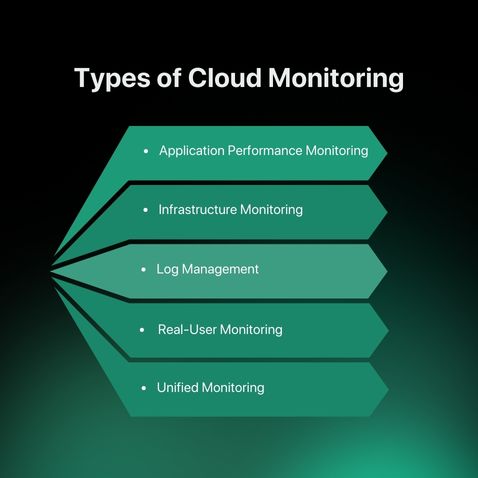
To keep your digital operations smooth and competitive, make sure to drive improvements across these areas: user experience, efficiency, and security.
Listed below are the application monitoring types you can use:
1. Application Performance Monitoring (APM)
APM zeroes in on how your applications are running in the cloud. For instance, assume it is a health monitor for each app, ensuring they’re not just up and running but performing optimally.
Here are a few vital signs it checks:
- Response Times: How swiftly do your applications respond to user requests? Fast response times keep users happy and engaged.
- Throughput: This metric shows the volume of transactions your application can handle, highlighting its capacity to deal with user demand.
- Error Rates: Monitoring how frequently your applications fail helps in maintaining a smooth user experience.
- Resource Utilization: APM tracks how efficiently your applications use resources like CPU and memory, which are crucial for optimizing performance and cost.
2. Infrastructure Monitoring
This is all about the nuts and bolts that keep your applications running—your servers, networks, and storage.
It covers:
- Server Monitoring: Observes metrics like CPU usage and memory use to prevent bottlenecks.
- Network Monitoring: Checks for issues that could slow down your network, such as latency and packet loss.
- Storage Monitoring: Ensures you have enough disk space and that your storage is healthy.
- Virtualization Monitoring: Keeps tabs on the performance of virtual machines and their hosts.
3. Log Management
Think of log management as your business’s diary. It records everything that happens, helping you make sense of system and application logs.
It’s crucial for:
- Security Incident Investigation: Quickly finding and fixing security breaches.
- Performance Troubleshooting: Diagnosing and resolving performance issues.
- Regulatory Compliance: Ensuring your logs support compliance needs.
- Capacity Planning: Using historical data to forecast future infrastructure needs.
4. Real-User Monitoring (RUM)
RUM brings visibility into how real users interact with your applications. It offers direct feedback on application performance from the user’s perspective:
- Page Load Times: Monitors how long it takes for a web page to load, which can make or break the user experience.
- Response Times: Checks how quickly your application responds to user inputs.
- Error Rates: Notes on how often users encounter errors.
- Browser Compatibility: Ensures that your application works well across different browsers and devices.
5. Unified Monitoring
Imagine having a command center where you can see everything—from servers and networks to databases and apps—all on one screen. That’s what unified monitoring offers. It integrates all your monitoring tools into one platform, providing:
- Enhanced Visibility: See everything in one place, which can significantly speed up problem-solving.
- Data-Driven Decision-Making: Use the comprehensive data at your fingertips to make informed choices.
- Reduced Operational Costs: Streamline monitoring efforts to save time and money.
Find this related: Tools & Insights for Cloud Success
And What’s Hybrid Cloud Monitoring?
Hybrid cloud environments merge the best of both worlds, combining public and private clouds to offer enhanced flexibility and scalability. However, this blend also introduces a new layer of complexity when it comes to monitoring.
That’s where hybrid cloud monitoring provides a comprehensive view of the performance, health, and security of applications and infrastructure spread across different cloud platforms.
This specialized monitoring tool is essential for businesses leveraging hybrid clouds, as it ensures that operations remain seamless and secure, regardless of where they are hosted. By integrating data from multiple sources, hybrid cloud monitoring allows businesses to maintain optimal performance and quickly respond to issues across their diverse environments.
Next, let’s get into the crucial part about the tools to accomplish cloud efficiency.
Find These Top Cloud Application Monitoring Tools!
Managing cloud applications efficiently starts with having the right tools. User-friendly and feature-packed, these tools help you stay ahead.
Here’s a breakdown:
Prometheus
This open-source powerhouse is great for collecting and managing time-series data, making it a perfect fit for Kubernetes setups. It keeps tabs on all your metrics, ensuring you’re always informed.
Middleware
Middleware.io is a comprehensive application monitoring tool that provides real-time insights into application performance. It offers instant monitoring, efficient data collection, and a unified metrics, logs, and traces dashboard.
New Relic
This platform stands out with its advanced analytics capabilities, leveraging AI and machine learning to detect anomalies and predict potential issues. New Relic’s customizable dashboards and flexible querying language allow teams to dive deep into performance data, enabling more sophisticated analysis and troubleshooting.
Grafana
Grafana is a versatile application monitoring tool that excels in data visualization and analysis. It supports over 100 data sources, including AWS and Zabbix, allowing users to consolidate diverse metrics into customizable dashboards.
AWS CloudWatch
CloudWatch is like your cloud’s nervous system if you’re in the AWS ecosystem. It monitors everything, from performance metrics to logs, giving you the complete picture of your AWS resources.
Microsoft Azure Monitor
For those on Azure, this tool acts as your cloud’s watchdog. It helps you track the health and performance of all your Azure applications and infrastructure, ensuring everything runs at its best.
Datadog
A one-stop shop for monitoring, Datadog unifies insights into both application and infrastructure performance. It works across any cloud setup, making it a versatile choice.
Integration of these top tools can be made easy. Atmosly, our DevOps tool, helps you integrate these application monitoring tools into your applications easily.
Let’s look into how it helps.
Atmosly – Self-Service DevOps Platform By SquareOps
Atmosly simplifies the integration of application monitoring tools, offering a security-first approach that covers the entire SDLC. It manages cloud resources, pipelines, and application workloads while identifying vulnerabilities early for prompt remediation.
Atmosly enhances operational intelligence by seamlessly integrating monitoring tools mentioned above like Prometheus, Grafana, ELS stack, and paid options like Datadog and New Relic. This platform streamlines the process of implementing and managing various monitoring solutions, ensuring robust security and efficient performance tracking across your applications.
Strengthen your application security today. Reach out to our team here, and let’s collaborate on safeguarding your digital future.
Now, let’s figure out the ideal ways businesses implement the best practices for a secure cloud.
7 Best Practices for Effective Cloud Application Monitoring
Ready to unlock the full potential of your cloud environment? Listed below are seven pivotal strategies to help you keep your cloud environment in top shape:
Establish Clear Monitoring Goals
Define what metrics are most important for your business. Whether it’s uptime, response times, or resource utilization, knowing what to monitor helps tailor your strategy effectively.
Utilize Comprehensive Monitoring Tools
Choose tools that offer a wide range of monitoring capabilities, from application performance to network health. This ensures no aspect of your cloud environment goes unchecked.
Implement Proactive Alerting
Set up alert thresholds to catch issues before they escalate. Alerts should be actionable, providing enough information for immediate response.
Regularly Review and Update Alert Thresholds
To maintain relevance and effectiveness, regularly review and adjust your alert thresholds based on historical performance data and changing business needs.
Minimize False Alarms
Continuously tweak alert settings to minimize false positives. This focus reduces noise and ensures your team does not become overwhelmed, allowing them to respond to true issues more efficiently.
Many organizations have successfully reduced false alarms by using advanced monitoring solutions.
Here’s an example:
In AWS, you can reduce false alarms by using CloudWatch anomaly detection, which automatically adjusts thresholds and filters out unnecessary alerts. Plus, you can update AWS WAF to specific versions and use labels to block requests with higher risk, ensuring your team only gets the most important alerts.
Integrate Log and Event Management
Use log data to gain deeper insights into security and operational events. This helps in diagnosing problems and understanding complex system behaviors.
Ensure Scalability of Monitoring Solutions
As your cloud usage grows, so should your monitoring capabilities. Opt for solutions that can scale with your infrastructure to avoid performance bottlenecks.
Cloud monitoring is not all easy, of course. Read on to find out how to overcome its challenges.
How to Tackle Application Monitoring Challenges?
Amid complex cloud setups, a variety of monitoring tools available, and the vast amounts of cloud data, application monitoring comes with its set of hurdles.
Follow these straightforward strategies to promptly resolve these issues:
- Implement uniform monitoring standards across all teams. This ensures that everyone is on the same page, enhancing data quality and consistency.
- Consolidate your monitoring tools. That way, you can streamline the management process and get a comprehensive view of your applications’ performance. This reduces the hassle of juggling multiple tools.
- Automate repetitive tasks like setting up alerts, analyzing data, and generating reports. Automation boosts efficiency and lets your team focus on more strategic tasks.
- Invest in training your team with the necessary skills to effectively utilize monitoring tools and understand the data they produce. So, you can make the most out of your monitoring efforts.
Now that you have an idea about monitoring your cloud applications, let’s wrap up.
Leave It to the Experts
Navigating cloud application monitoring is crucial for any robust cloud strategy. It enhances performance, minimizes downtime, and ensures stellar user experiences. That’s where SquareOps shines.
Our team of cloud migration experts and our 24/7 SRE support means your operations are always running smoothly without breaking the bank.
Thinking about boosting your cloud strategy? Click here to connect with SquareOps and let us help you excel in the cloud.
Frequently asked questions
Cloud application monitoring is the process of continuously tracking the performance and health of applications that run in cloud environments. Unlike traditional monitoring, it focuses on cloud-specific dynamics like scalability, dynamic provisioning, and multi-tenancy.
Key metrics include response time, uptime, error rates, resource utilization (CPU, memory usage), and throughput. Monitoring these metrics helps ensure that applications perform efficiently and remain reliable.
Tools like Datadog, New Relic, Dynatrace, and Prometheus are highly regarded for their comprehensive monitoring capabilities, supporting various cloud architectures and offering deep insights into application performance.
features to minimize noise and ensure that alerts are actionable, focusing on anomalies that truly require attention.
Yes, monitoring helps optimize resource usage, prevent over-provisioning, and reduce downtime, all of which contribute to lowering operational expenses.
AI enhances monitoring by predicting potential issues before they occur, automating root cause analysis, and optimizing resource allocation based on usage patterns and predictive analytics.
Benefits include improved performance, enhanced user experience, faster issue resolution, proactive maintenance, and increased revenue.
Common challenges include monitoring complex cloud environments, processing real-time data, and managing alert fatigue.
Related Posts
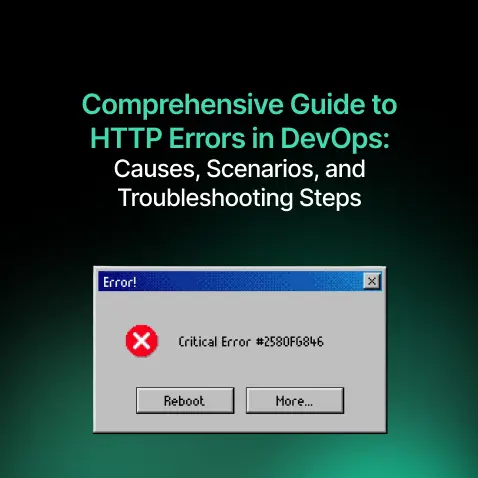
Comprehensive Guide to HTTP Errors in DevOps: Causes, Scenarios, and Troubleshooting Steps
- Blog

Trivy: The Ultimate Open-Source Tool for Container Vulnerability Scanning and SBOM Generation
- Blog
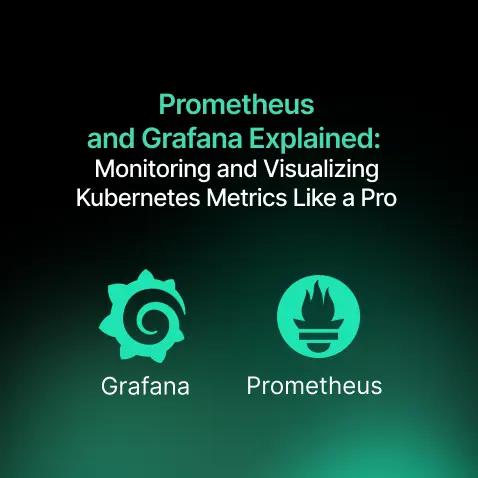
Prometheus and Grafana Explained: Monitoring and Visualizing Kubernetes Metrics Like a Pro
- Blog
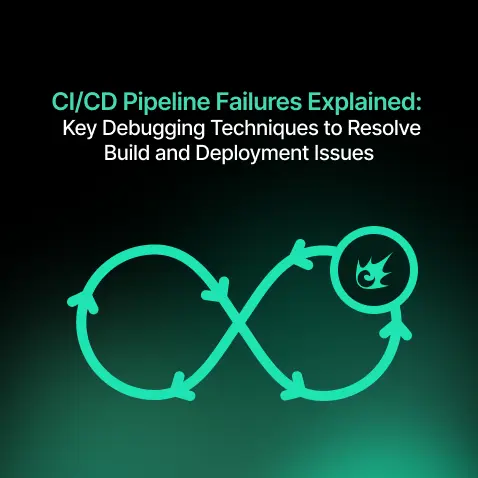
CI/CD Pipeline Failures Explained: Key Debugging Techniques to Resolve Build and Deployment Issues
- Blog
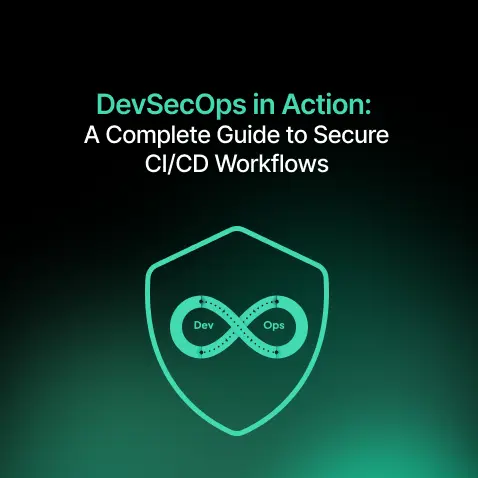
DevSecOps in Action: A Complete Guide to Secure CI/CD Workflows
- Blog
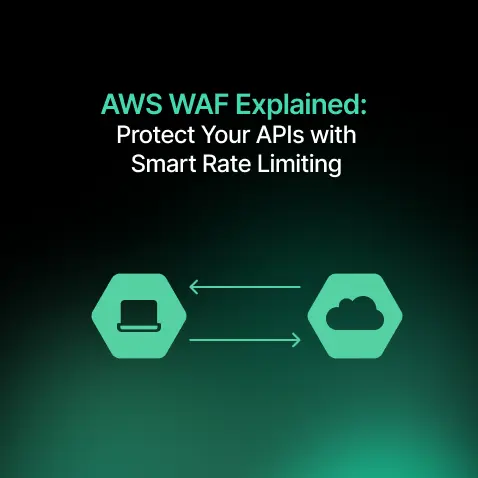
AWS WAF Explained: Protect Your APIs with Smart Rate Limiting
- Blog

